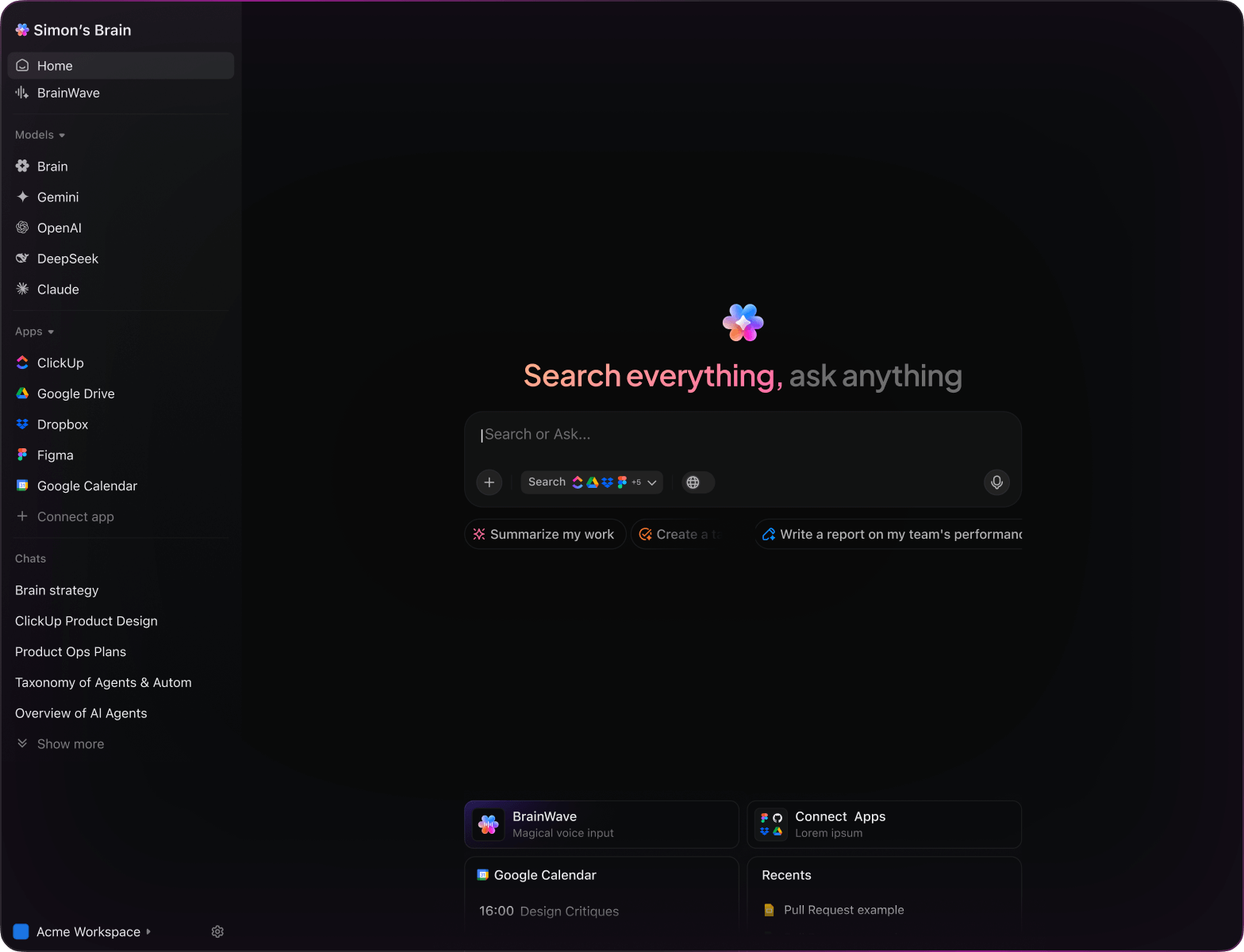AI Risk Management
Top AI Prompts for Risk Register Mastery
Identify hazards, organize risk data, and enhance your team's safety planning effortlessly with ClickUp AI.
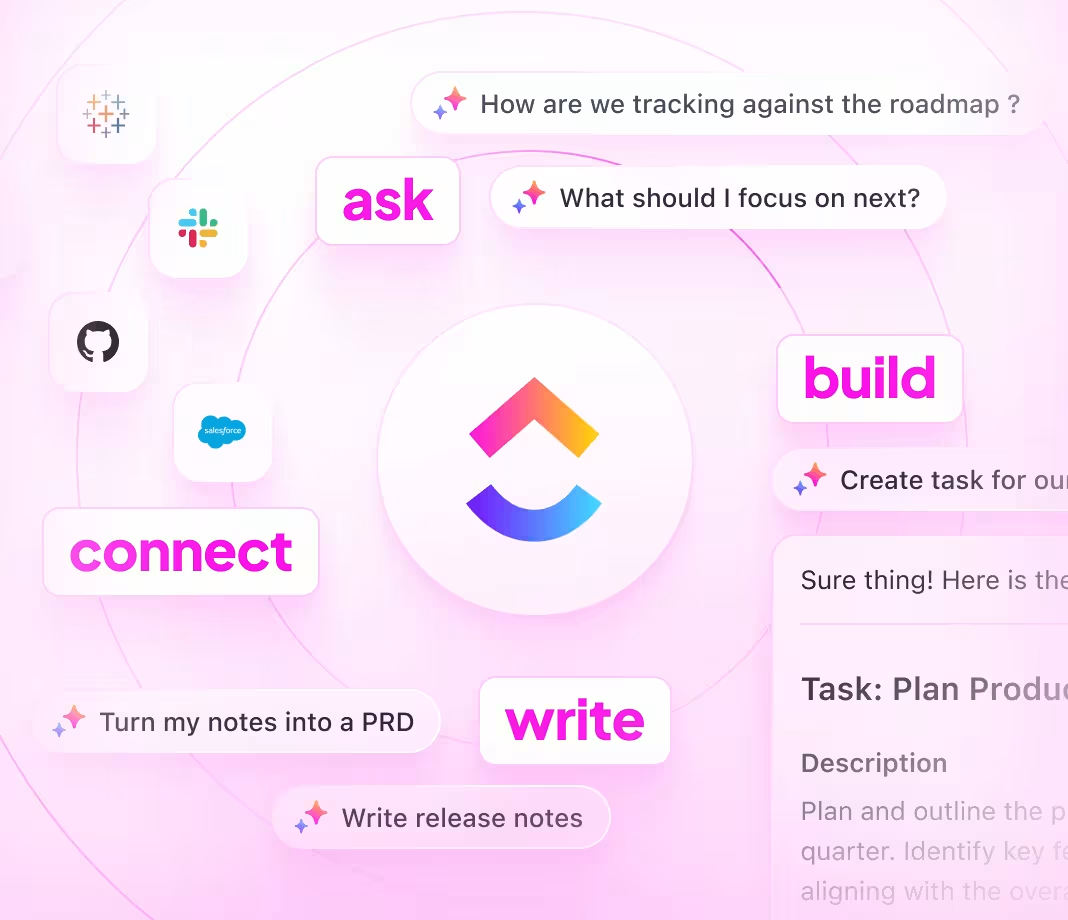
Trusted by the world’s leading businesses
AI Empowering Risk Management
AI Prompts Revolutionizing Risk Register Management
Managing risks effectively is crucial to project success, yet it often involves juggling numerous variables and documentation.
From identifying hazards to assessing impact and tracking mitigation actions, risk registers require constant updates and clear communication.
Teams leverage AI to:
- Quickly detect potential risks from project data
- Generate detailed risk descriptions and mitigation plans with minimal effort
- Summarize lengthy risk assessments and compliance requirements
- Transform raw risk notes into structured logs, action items, or alerts
Integrated into everyday tools like documents, dashboards, and task trackers, AI in ClickUp Brain acts as a proactive partner, converting scattered risk information into clear, manageable workflows.
ClickUp Brain Compared to Conventional AI
Why ClickUp Brain Stands Apart
ClickUp Brain integrates seamlessly with your workflow, understanding context so you can focus on progress instead of explanations.
Conventional AI Solutions
- Constantly toggling between apps to collect information
- Repeating your objectives with each query
- Receiving generic, irrelevant feedback
- Hunting through multiple platforms to locate a single document
- Interacting with AI that only processes input passively
- Manually switching among different AI engines
- Merely another add-on in your browser
ClickUp Brain
- Deeply connected to your projects, notes, and team communications
- Tracks your past interactions and objectives
- Provides detailed, context-aware guidance
- Offers a consolidated search across all your resources
- Supports voice commands with Talk to Text
- Automatically selects the optimal AI model: GPT, Claude, Gemini
- Dedicated Mac & Windows applications designed for efficiency
Risk Management Prompts
15 Essential AI Prompts for Risk Register Management
Simplify risk tracking—identification, assessment, and mitigation all in one place.

List 5 potential risks for Project Alpha based on the 'Initial Risk Assessment' document.
ClickUp Brain Behavior: Analyzes linked documents to extract and summarize primary risk factors relevant to the project.

What are the most common risk factors in mid-sized construction projects in 2024?
ClickUp Brain Behavior: Aggregates insights from internal reports; Brain Max can supplement with industry data if available.

Create a mitigation plan template referencing best practices from the 'Risk Management Guidelines' and past project notes.
ClickUp Brain Behavior: Pulls key strategies and formats them into a structured, actionable template.

Summarize and compare risk impact scores between Project Beta and Project Gamma using the 'Risk Evaluation Q1' document.
ClickUp Brain Behavior: Extracts quantitative and qualitative data to provide a clear comparison summary.

Identify the leading risk categories in enterprise IT projects, referencing R&D reports and risk logs.
ClickUp Brain Behavior: Scans documents to highlight frequent risk types and associated notes on severity and occurrence.

From the 'Compliance Audit' document, produce a checklist for assessing regulatory risks.
ClickUp Brain Behavior: Detects key compliance criteria and formats them into a practical checklist within a task or document.

Outline 3 emerging cybersecurity risks identified in recent internal research and threat analysis reports.
ClickUp Brain Behavior: Extracts patterns and critical points from linked documents to highlight new risk trends.

From the 'Stakeholder Feedback Q2' document, summarize main risk concerns expressed by stakeholders.
ClickUp Brain Behavior: Reviews feedback to identify recurring themes and prioritize concerns.

Craft concise and empathetic risk communication messages using the tone guidelines from 'CommunicationStyle.pdf.'
ClickUp Brain Behavior: Adapts tone and style references to generate effective messaging for risk updates.

Outline key regulatory changes in 2025 affecting risk management practices and their implications.
ClickUp Brain Behavior: Reviews compliance documents and summarizes critical updates relevant to risk protocols.

Develop guidelines for reporting risk indicators, referencing internal policy documents specific to the Asia-Pacific region.
ClickUp Brain Behavior: Extracts reporting standards and compiles them into a clear, actionable guide.

Generate a checklist for incident response based on US regulatory standards and internal safety protocols.
ClickUp Brain Behavior: Identifies essential response steps and organizes them by incident type and severity.

Summarize and compare risk control measures used by Finance, Operations, and IT departments from internal audits.
ClickUp Brain Behavior: Synthesizes audit findings into a concise comparison table or summary.

What risk trends have emerged in project reports since 2023?
ClickUp Brain Behavior: Analyzes recent reports and notes to highlight evolving risk patterns and areas of concern.

Summarize key risk-related issues reported by users in the Southeast Asia project feedback folder (process, tools, communication).
ClickUp Brain Behavior: Extracts and prioritizes user feedback to identify critical risk management gaps.
Innovate Risk Management with ClickUp Brain
Cut down on errors, unify your team, and create superior risk registers powered by AI-driven workflows.





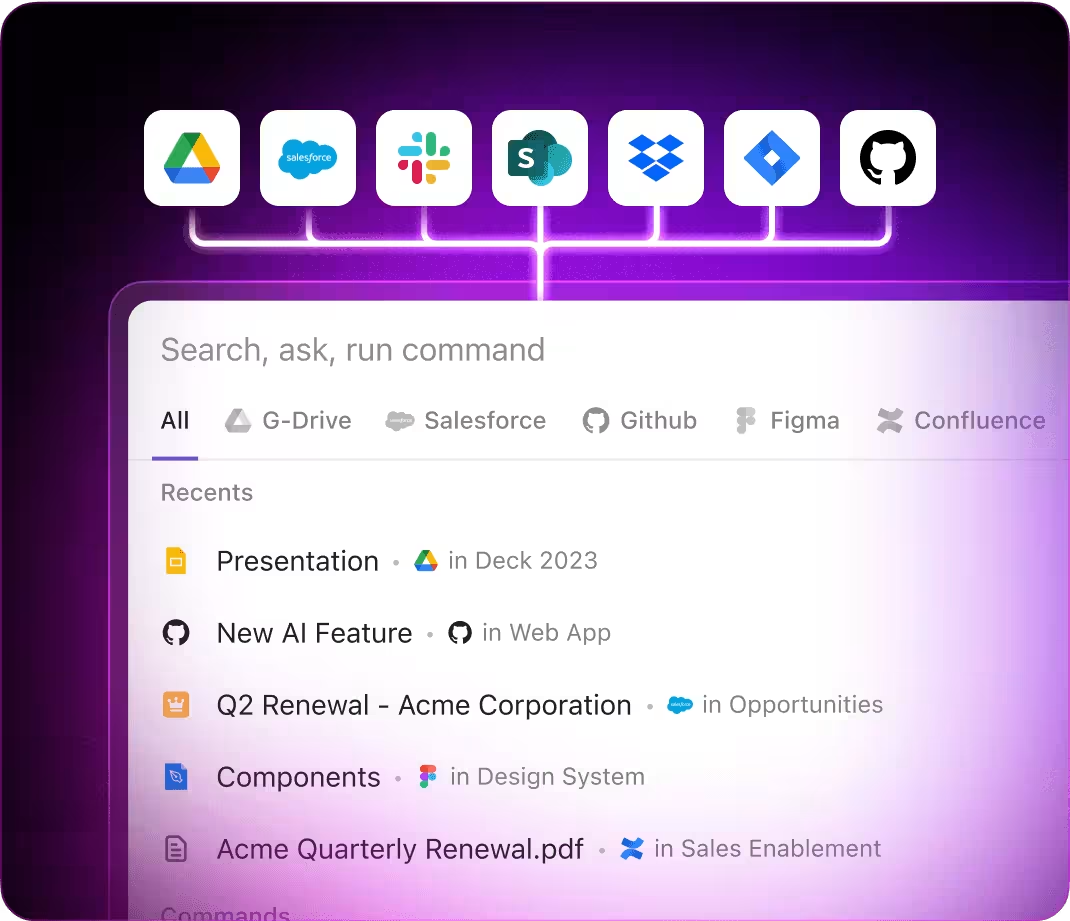
Harnessing ClickUp Brain for Risk Register Insights
Discover how ClickUp Brain enhances risk management compared to standard AI tools
Risk Register Prompts for ChatGPT
- Outline key risk factors from recent project reports into a concise 5-point risk summary.
- Compose communication drafts highlighting risk mitigation strategies for stakeholders.
- Propose 3 alternative risk categorization methods tailored for construction projects.
- Develop a stepwise plan for integrating risk controls into ongoing workflows.
- Compare risk trends from past projects and summarize critical lessons learned for future planning.
Risk Register Prompts for Gemini
- Generate 3 risk assessment templates customized for software development teams.
- List innovative risk monitoring techniques focusing on early detection and response.
- Create a mood board description illustrating risk impact levels using color codes and symbols.
- Suggest ergonomic layouts for risk dashboards and rank them by clarity and usability.
- Build a comparison chart for risk mitigation strategies across different departments emphasizing effectiveness and resource use.
Risk Register Prompts for Perplexity
- List 5 common project risks and rank them by probability and potential impact.
- Provide a comparison of risk assessment frameworks suitable for agile teams.
- Summarize global best practices in risk communication and stakeholder engagement.
- Generate a list of 5 risk response strategies and rank them by applicability in high-pressure projects.
- Compare historical risk incidents and summarize top 3 preventive measures for future projects.
Risk Register Prompts for ClickUp Brain
- Transform this risk identification meeting transcript into prioritized mitigation tasks with assigned owners.
- Summarize risk assessment data and generate follow-up actions with deadlines in ClickUp.
- Analyze annotated risk logs and produce a checklist of items needing immediate attention.
- Create a task list from cross-functional discussions on risk controls, including priority levels and dependencies.
- Summarize incident reports and generate actionable risk response and monitoring tasks within ClickUp.
How ClickUp Supports You
Transform Initial Thoughts into Clear Plans
- Convert scattered notes into polished risk assessments quickly.
- Generate new strategies by analyzing previous risk data.
- Build customizable templates to accelerate every risk review.
Brain Max Boost: Effortlessly explore past risk reports, team comments, and documentation to guide your upcoming evaluations.
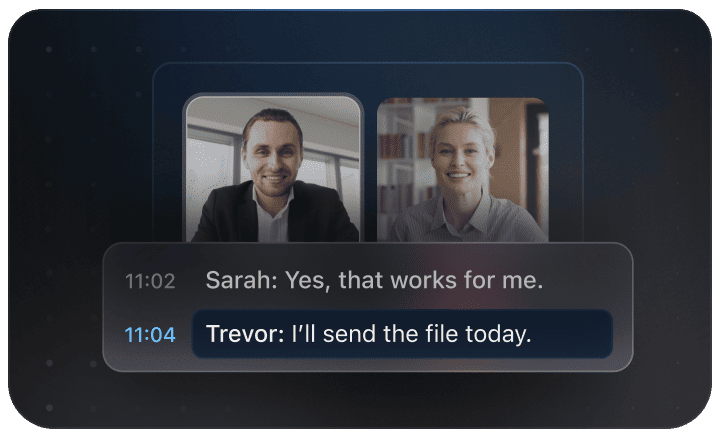
Why ClickUp Works
Accelerate Risk Register Management
- Break down complicated risk talks into straightforward next steps.
- Transform risk observations into actionable, assignable items.
- Automatically create comprehensive risk summaries and reports—no manual input needed.
Brain Max Boost: Instantly access historical risk data, incident analyses, or mitigation choices across all projects.
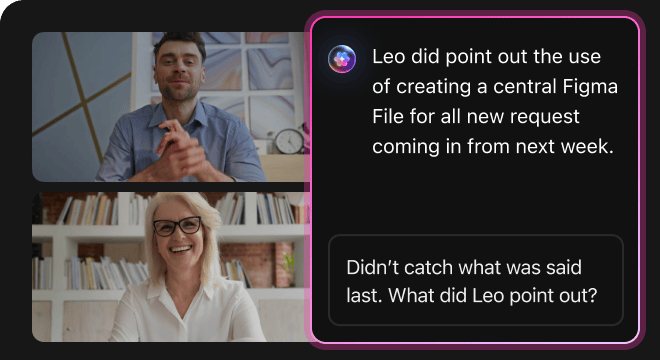
AI Advantages
Harness AI Prompts to Elevate Your Risk Register
AI prompts accelerate risk identification and empower proactive management strategies.
Quickly Identify Potential Risks
Teams uncover hidden risks faster, enabling proactive planning and reducing uncertainty.
Enhance Risk Assessment Accuracy
Improve evaluation precision, minimize surprises, and align mitigation with stakeholder expectations.
Spot Issues Before They Escalate
Prevents expensive setbacks, enhances project stability, and shortens response times.
Unify Team Understanding of Risks
Fosters clear communication, prevents misunderstandings, and accelerates consensus among risk owners.
Drive Continuous Risk Innovation
Encourages creative mitigation tactics, adapts to evolving threats, and strengthens resilience.
Integrate AI Insights Directly in ClickUp
Transforms AI-generated risk data into actionable tasks, keeping your projects on course.
Enhance Your Risk Management Workflow
Minimize oversights, simplify updates, and generate insightful risk analyses with AI-driven support.





